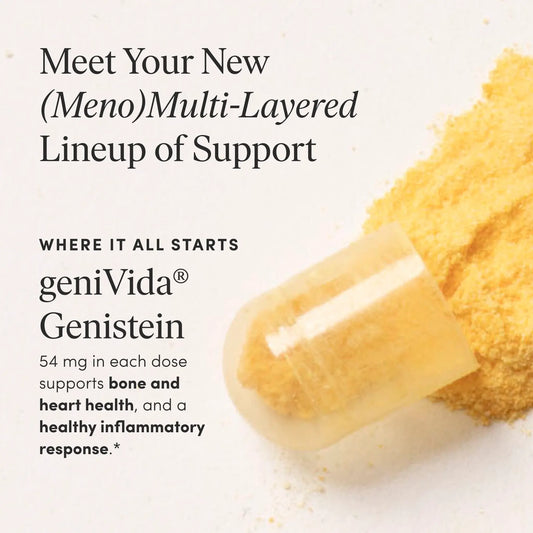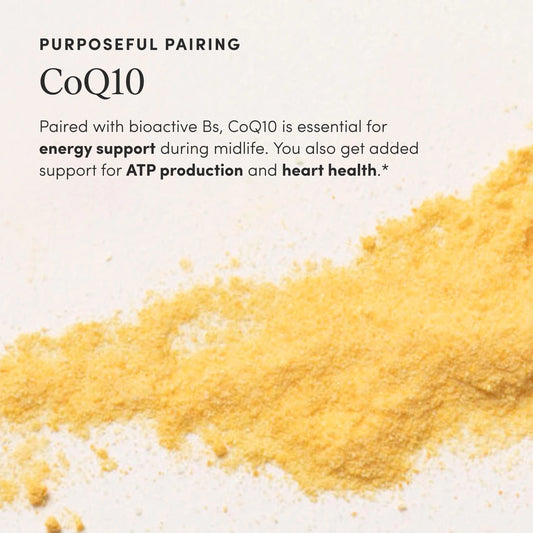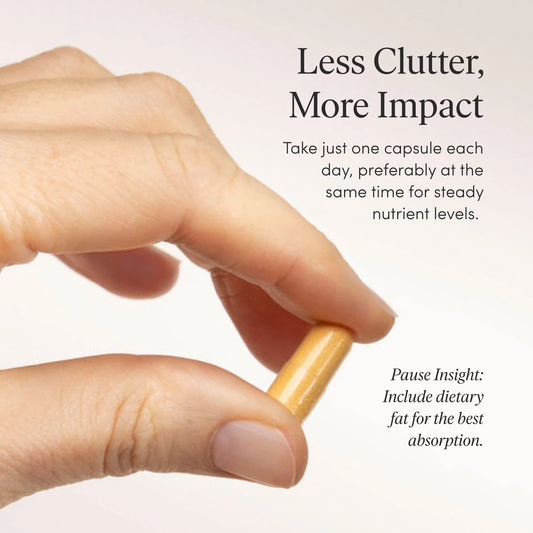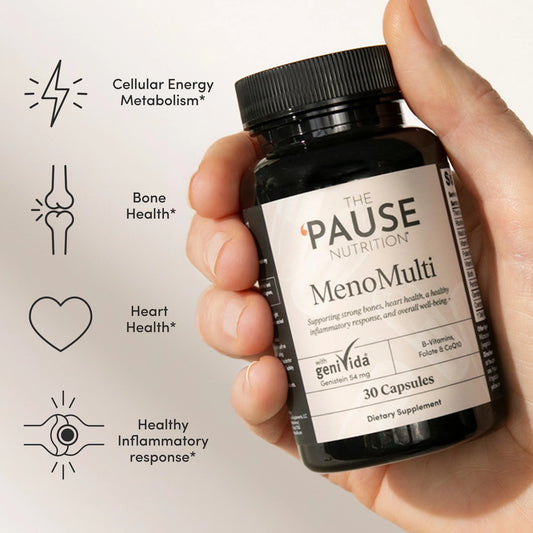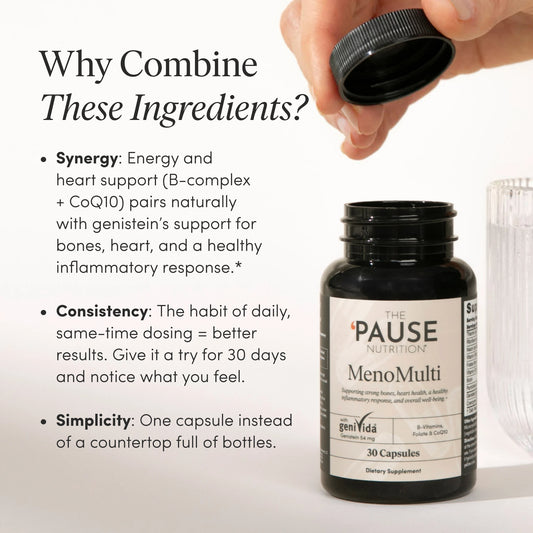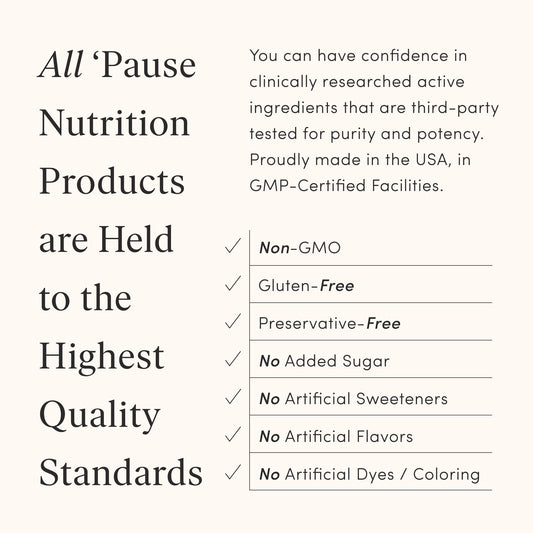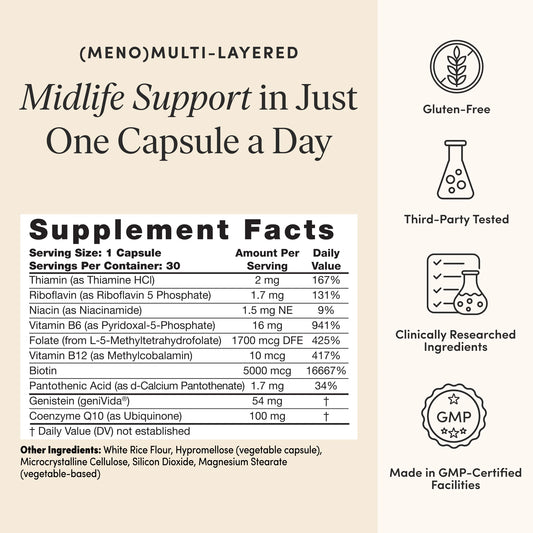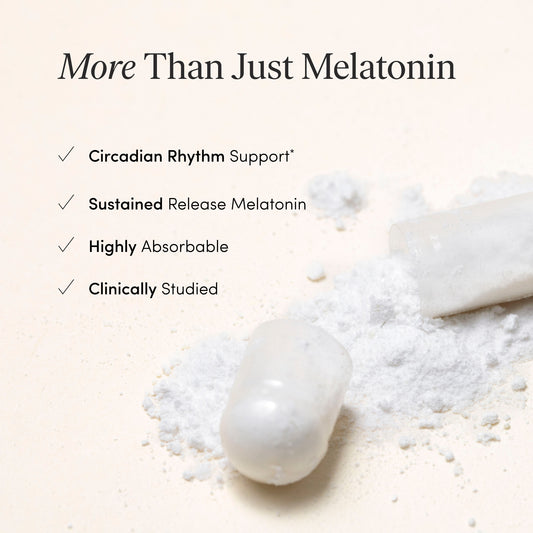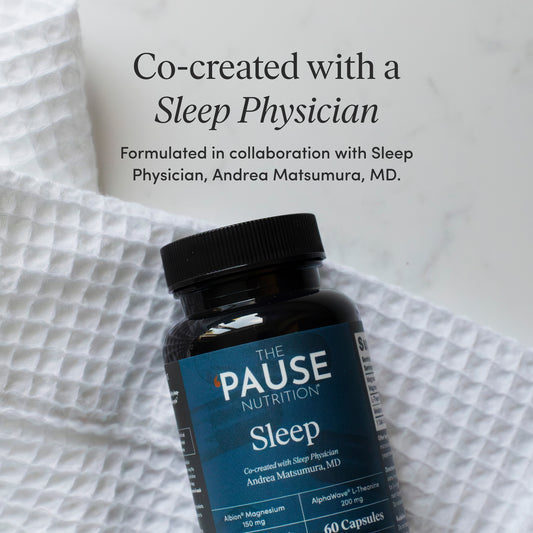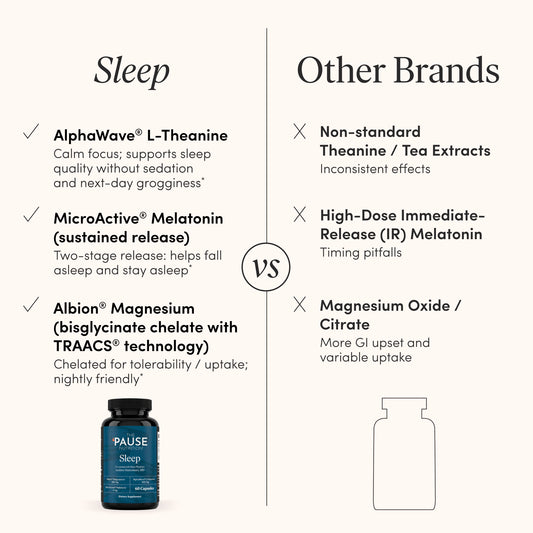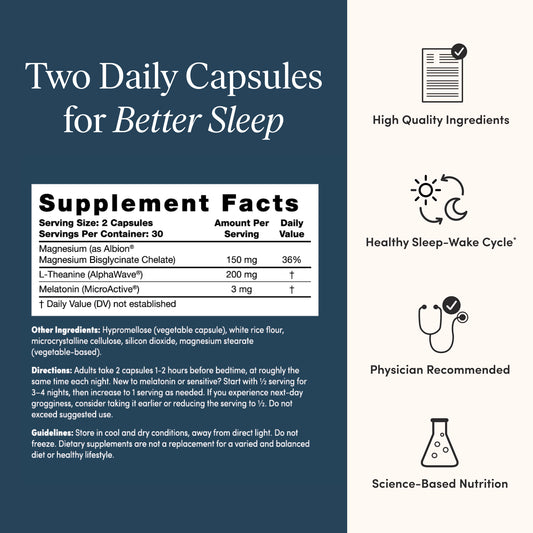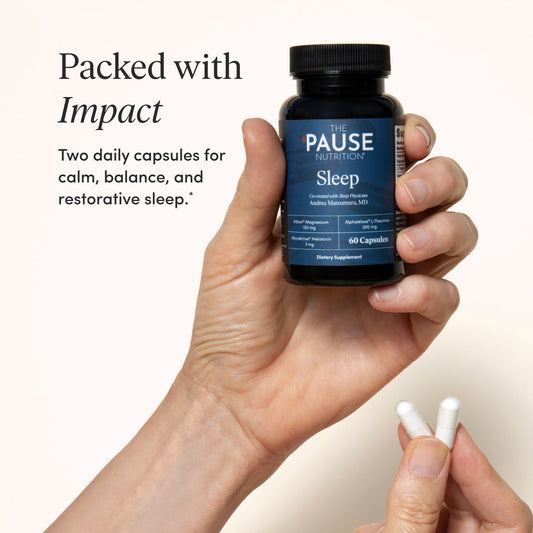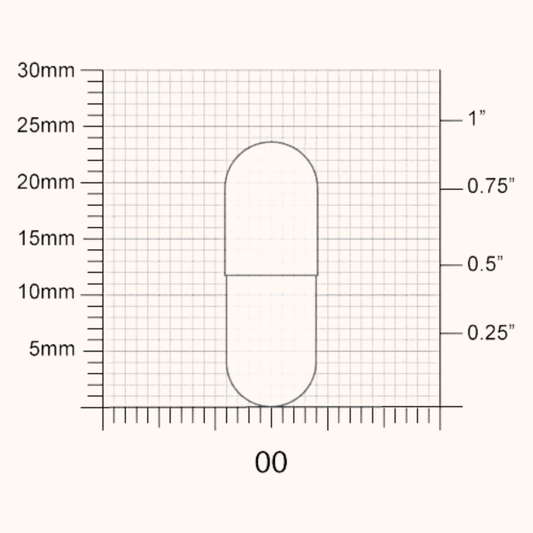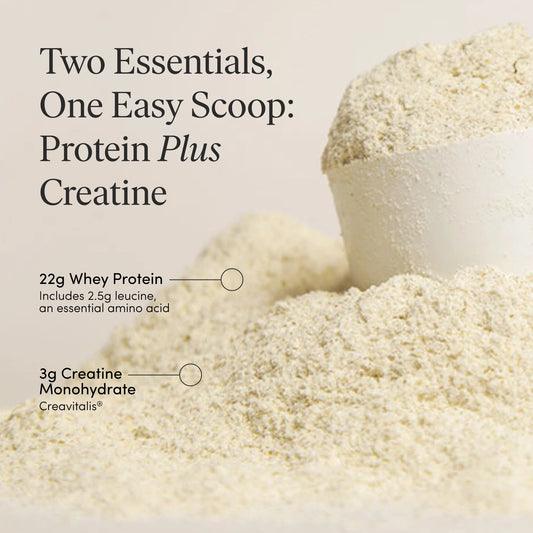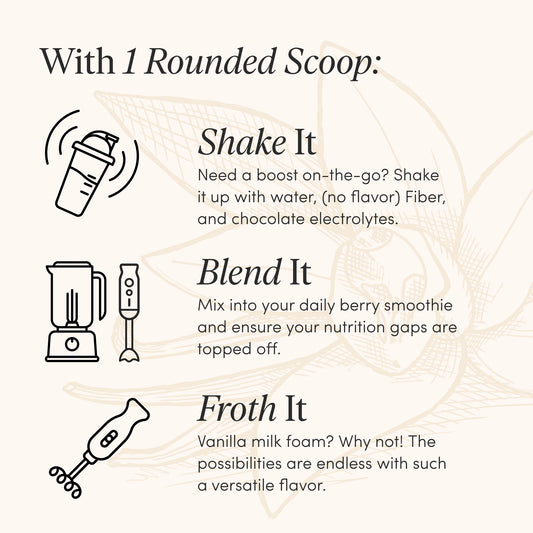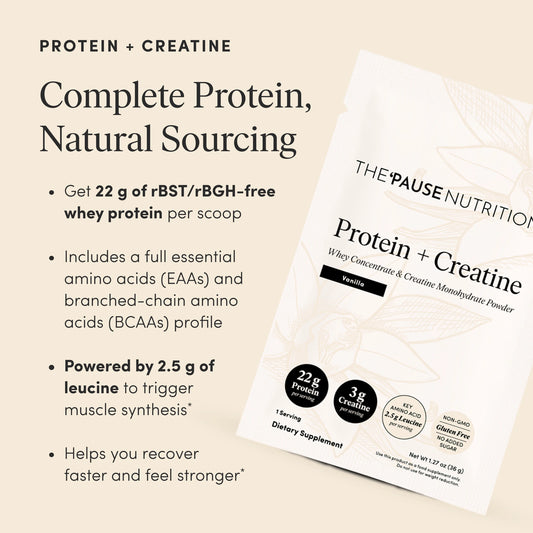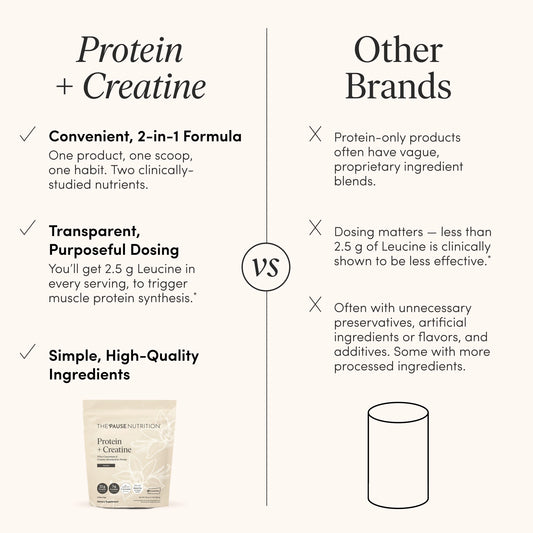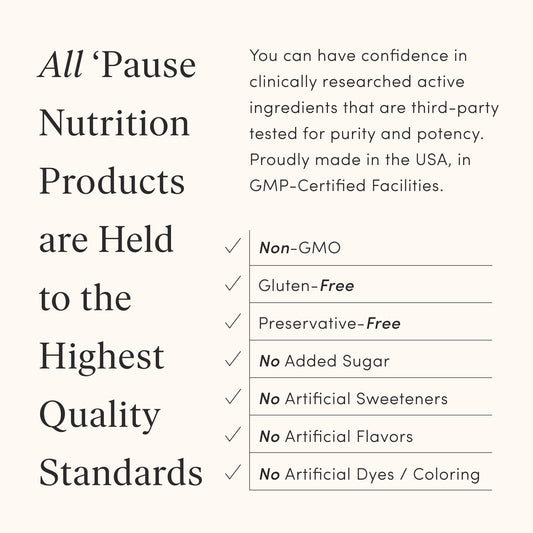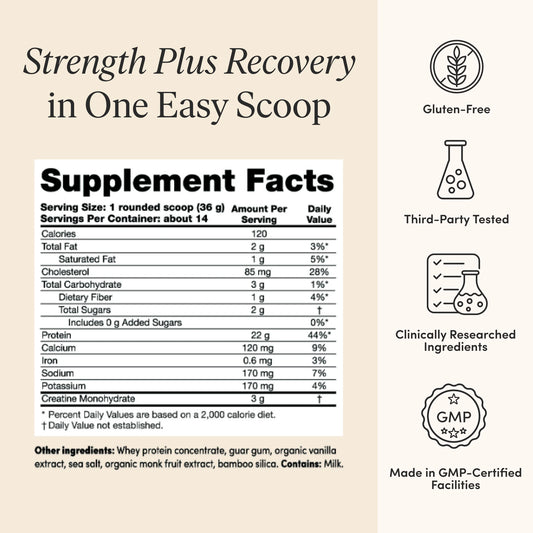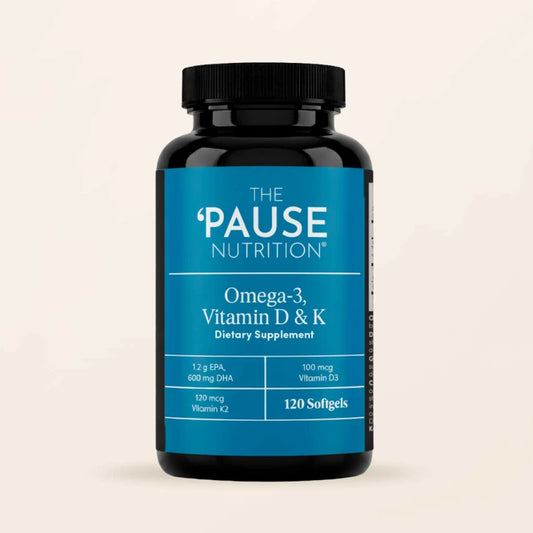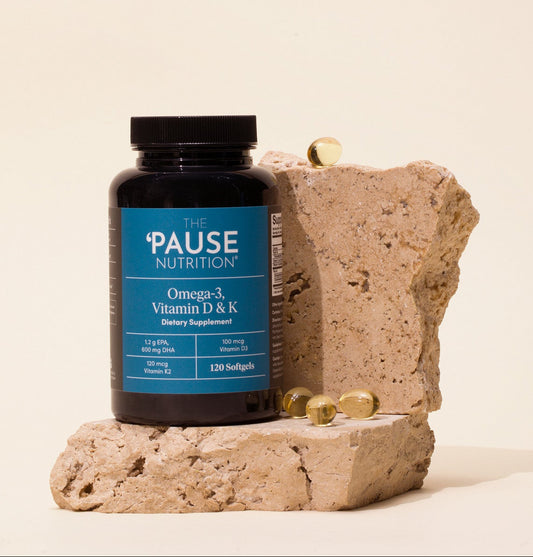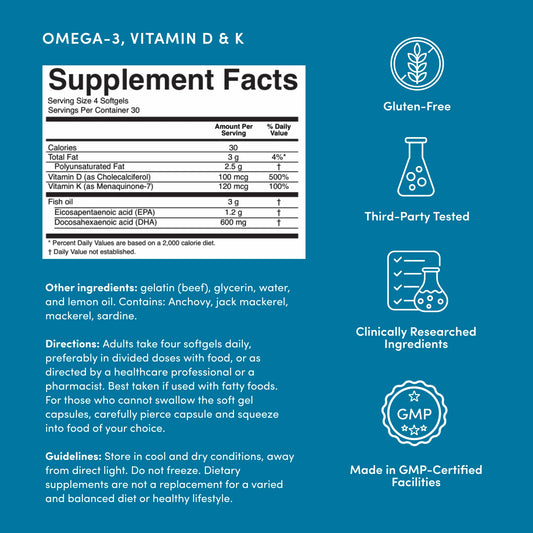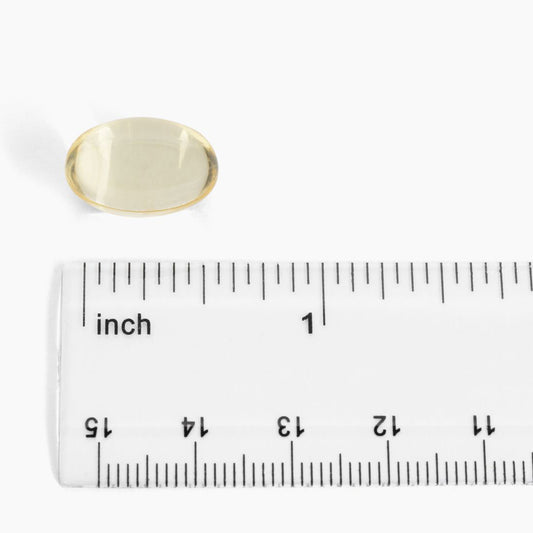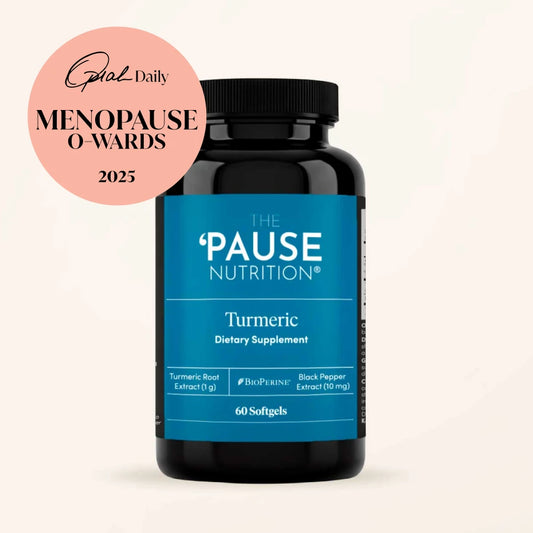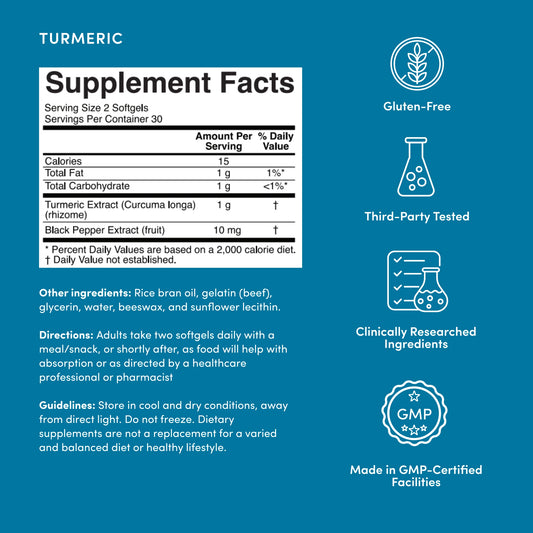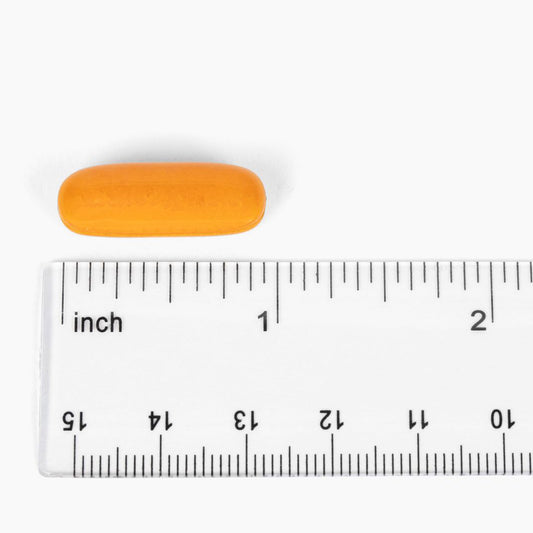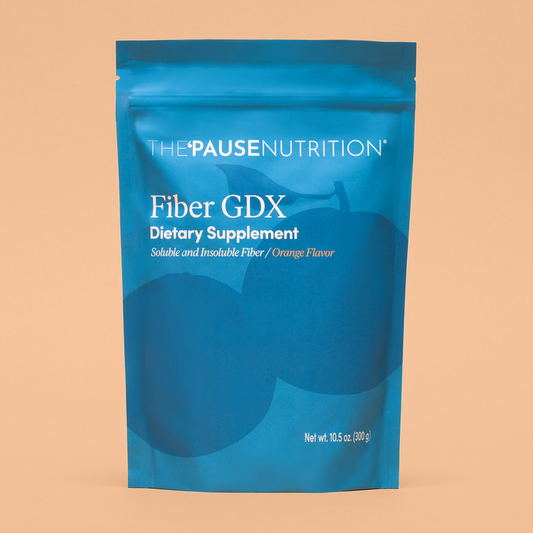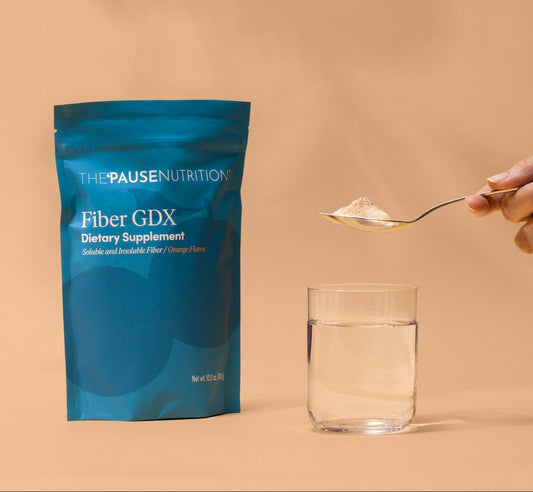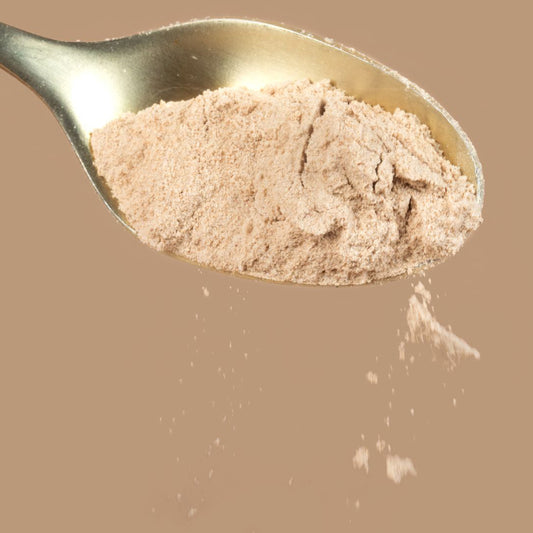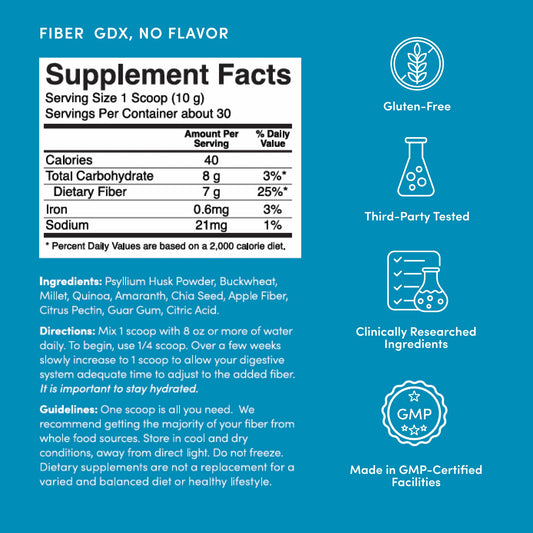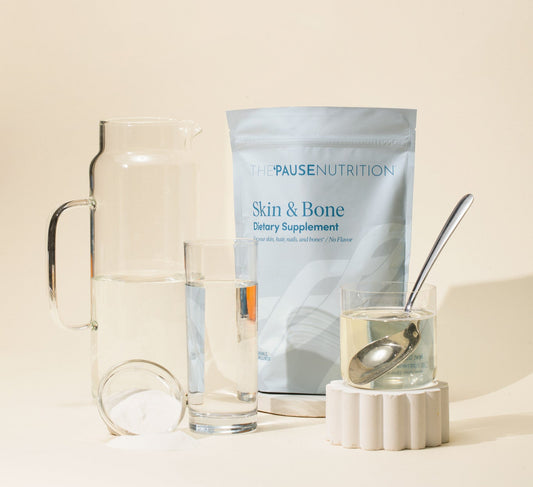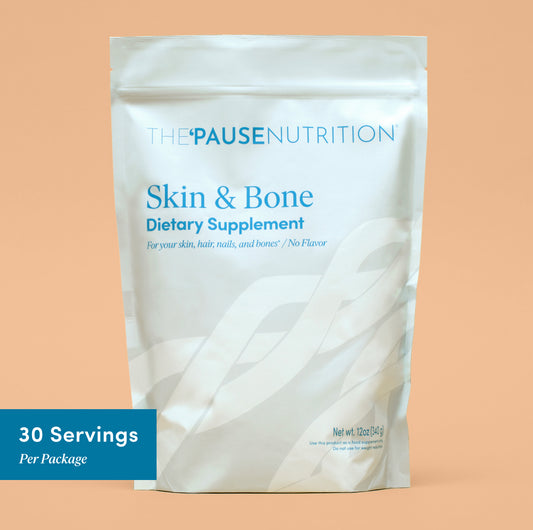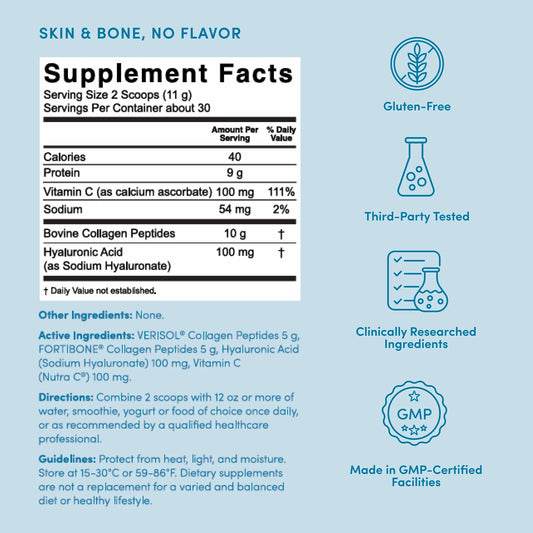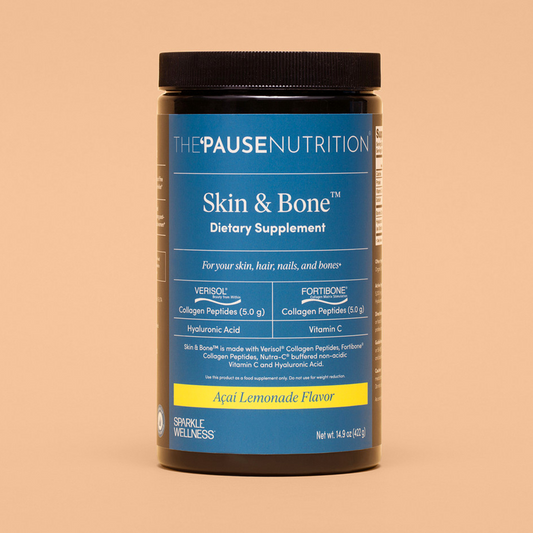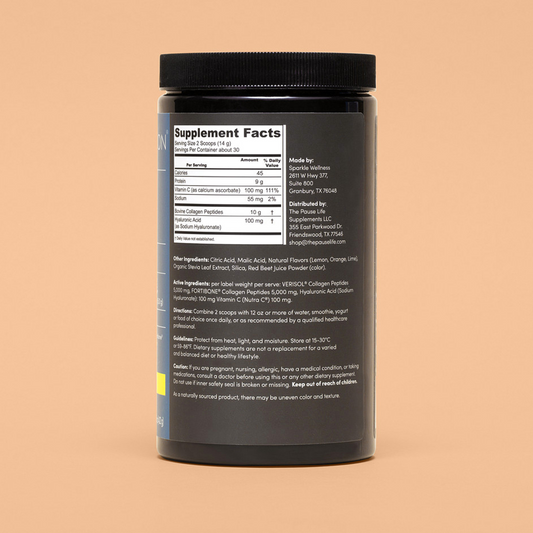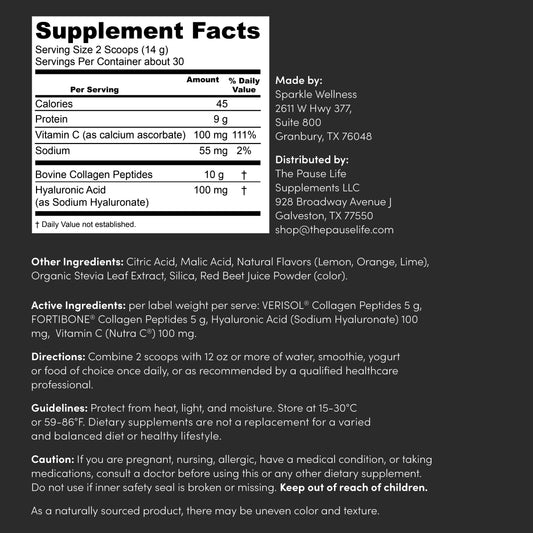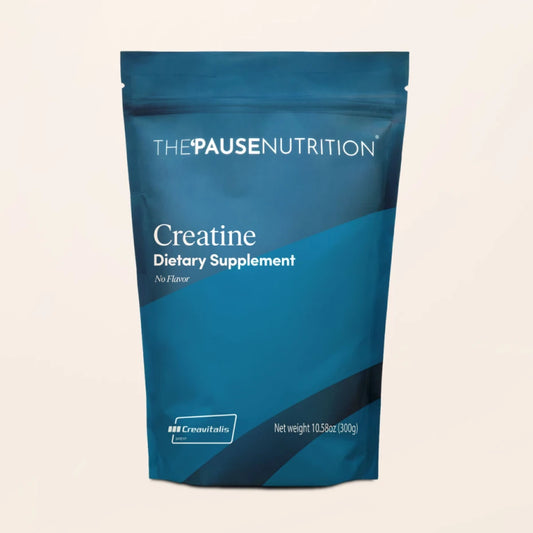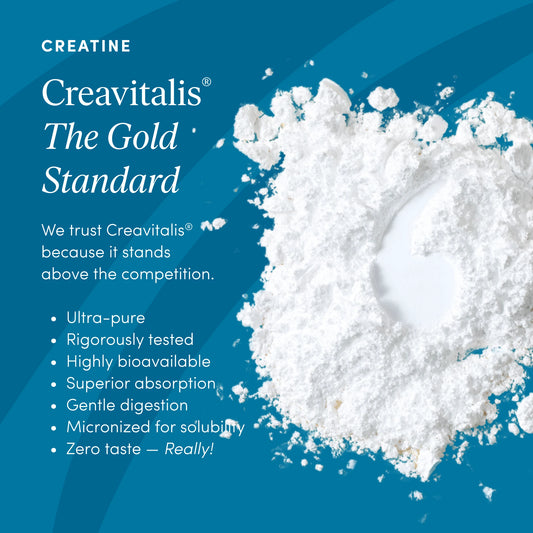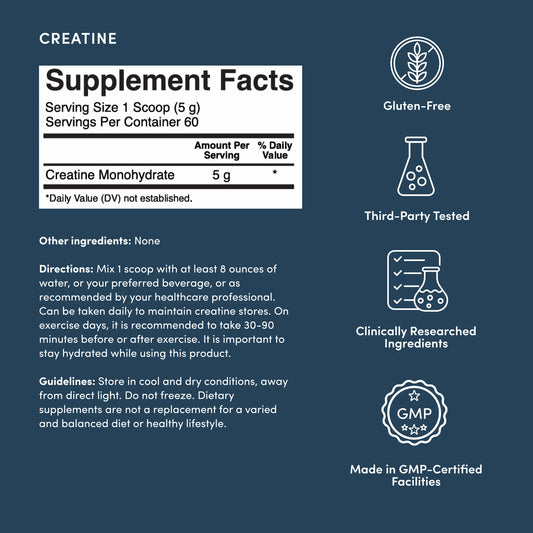The ABCs Of Hormone Therapy

Share
Hormone Therapy – What Types Are Available? How Often Do You Take It? How Much Do You Need?
Dr. Haver Outlines The FDA-Approved Options.
“If you are dealing with menopause symptoms, it’s time to speak with your physician to find the type of therapy that’s right for you. The newest research is very encouraging about the safety and efficacy of hormone therapy.”
– Dr. Mary Claire Haver
Types Of Hormone Therapy
There are three basic formulations of hormone therapy: estrogen, progestogens and testosterone. These hormones are naturally produced in the female body, but decline as a woman nears and enters menopause. As the levels decline, many women experience symptoms like hot flashes and vaginal dryness. There are other, more subtle, changes too, including an increased risk of bone fracture, dementia and cardiovascular disease. The goal of hormone therapy is to replace what is no longer produced naturally, and attenuate these symptoms.
Estrogen Therapy
Women without a uterus can take estrogen alone to relieve menopause symptoms. Estradiol, the form of estrogen your body needs to resolve symptoms, comes in a few different formulations, but the most commonly prescribed form today is bio-identical or body-identical estradiol. Made from plants, it's formulated in a lab to exactly mimic the estrogen your body once made.
Combination Therapy
Women with a uterus need a combination therapy of both estrogen and progestogens. After menopause, when the endometrial lining is no longer shed monthly with menstruation, adding estrogen alone, can stimulate an overgrowth of the uterine lining. Progestogens work to thin and protect the lining and help reduce the risk of developing uterine cancer.
Testosterone Therapy
The new guidance from The Menopause Society focuses on estrogen and progesterone replacement, but it is important to remember that there are additional types of hormone therapy. Testosterone is a vital hormone for women, and it declines during perimenopause and menopause. Testosterone therapy is available, and is an option that many women are exploring to address low sexual desire. Though it is not FDA approved to treat low libido in women, women are typically prescribed a smaller dose of the same testosterone cream or gel that is commonly prescribed to men. Talk with your physician about the risks and benefits of a full range of options to determine what is best for you. If you need a referral, you can find a qualified physician in our Recommended Clinicians database.
Dosing Of Hormone Therapy: How Much Is Enough?
The Menopause Society guidelines say the lowest amount of hormone therapy that can produce the needed results should be prescribed. It's important to take the time to speak with your physician about the specific symptoms you're experiencing and determine whether your protocol is the right one to improve your menopausal symptoms.
Administering Hormone Therapy
Estrogen therapy and combination therapy can be delivered to the body in a variety of ways: orally, through the skin or internally. Oral and transdermal medications are consider systemic, meaning they enter the bloodstream and offer relief from hot flashes and night sweats while protecting the bones. Estrogen cream that works locally can be applied to the vulva and vaginal tissue to keep the tissue healthy.
Estradiol Options
The range of estrogen options include oral pills, patches to deliver medication through the skin and vaginal rings. Many clinicians and women prefer the transdermal route of delivery for convenience and lower risks since it enters the bloodstream directly. Studies have found that taking oral estrogen is linked to higher risks including blood clots because oral hormones must be processed by the liver before entering the bloodstream.1
- Oral medication - One of the oldest forms of hormone therapy is Premarin, which is made from pregnant mare urine. It's delivered in an oval pill that is maroon, gold, blue, green or white depending on the strength of the medication. Bio-identical estradiol is also available in an oval pill.
- Transdermal medication - Bio-identical estrogen is often delivered through the skin, where it's able to enter the bloodstream. The choices include patches that you apply below the waist once or twice a week, as well as sprays and gels that are applied to the skin.
- Vaginal rings - A flexible rubber ring is placed inside the vagina around the cervix by a woman or her clinician, and remains in place for 90 days. Some rings (like Estring) deliver a low dose of estradiol that helps with local vaginal symptoms such as dryness and irritation. Others, such as Femring, deliver a higher dose of systemic estrogen that also addresses hot flashes and bone health.
Progestogen Options
Though progestogens are available in several forms, for menopausal hormone therapy, progestogen medications typically are delivered orally through a daily pill. While each woman must work with her clinician to choose the best form of progestogen, studies have found that women on natural micronized progesterone along with estrogen have a lower risk of breast cancer as compared to hose on synthetic progestin.2
- Natural micronized progesterone is a bio-identical hormone delivered via a soft capsule style pill. Many women take it at night before bed since it can aid in relaxation.
- Synthetic progestin (medroxyprogesterone) is delivered in a round pill. The pills are either orange, blue or white depending on the strength and printed with the brand name Provera.
- Norethindrone is another synthetic progestin taken orally in combination with estrogen. It has an added benefit of helping prevent osteoporosis. The pills are round or oval, and come in white, yellow and peach, depending on the formulation.
Combination Therapy
Estradiol and progestogens can be combined and delivered through a transdermal patch worn on the skin.
Testosterone Therapy
Like other hormones, testosterone comes in several forms including topical creams and gels, compounded injections, oral formulations or pellets that are inserted under the skin. Some of these delivery routes are not FDA approved and are difficult to dose precisely. Pellets can cause spikes in testosterone that may lead to significant hair loss as well as a higher risk of precancerous uterine lesions and other side effects.
In my practice, I typically prescribe transdermal cream or gel at 10% the dose prescribed for men. Transdermal testosterone is easier to use and allows for more precise dosing compared to other delivery routes.
It's a good idea for your practitioner to test your sex-hormone binding globulin (SHBG) and total testosterone levels before starting testosterone therapy.
Safety of Hormone Therapy
The new findings on the safety and efficacy of hormone therapy reported by TMS have been endorsed by hundreds of international women's health organizations, including the American Association of Clinical Endocrinology, the American Women's Association, and the American Society for Reproductive Medicine.
To recap, experts say that for health women (without contraindications) who are younger than 60 and within 10 years of menopause onset, the benefits of hormone therapy outweigh the risks for treating menopause symptoms. With a nuanced discussion of the risk and benefits, hormone therapy may be an option for women over 60 as well.
If you're looking for a menopause-educated doctor, you can visit our database of Recommended Clinicians or The Menopause Society for a list of qualified providers or consider consulting a telemedicine platform such as Alloy,or Midi Health.
This article contains affiliate links.














